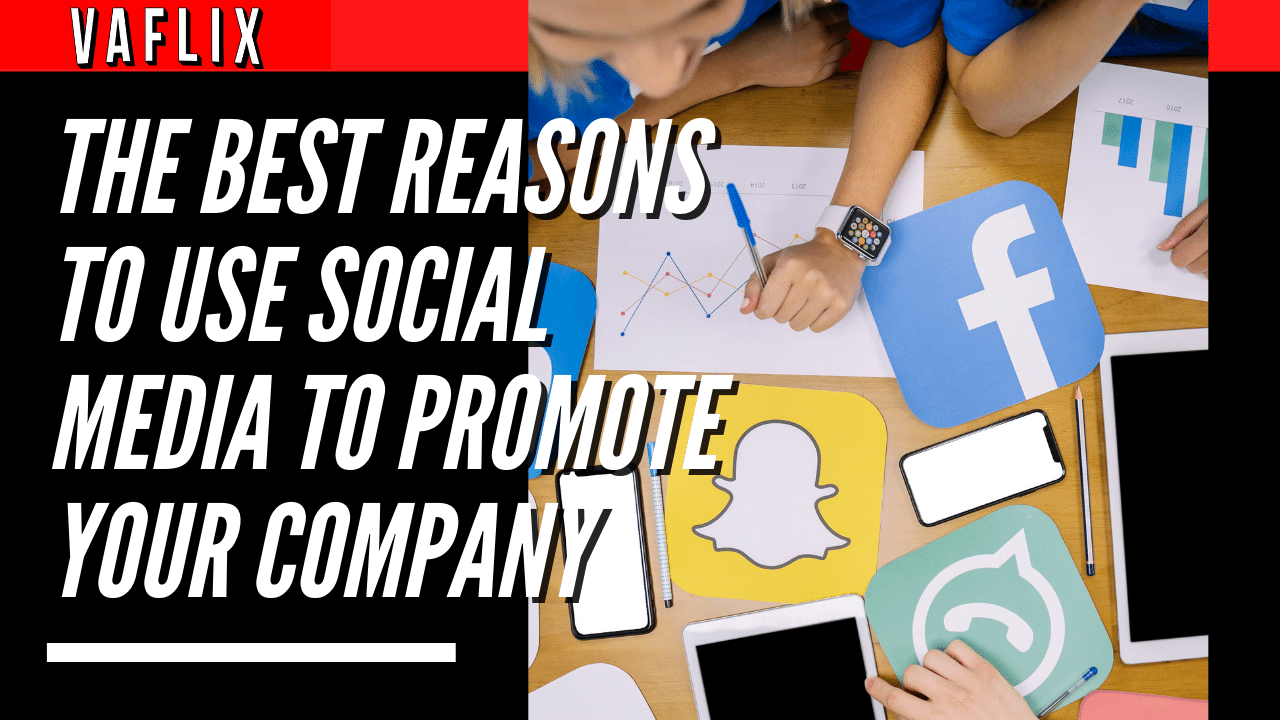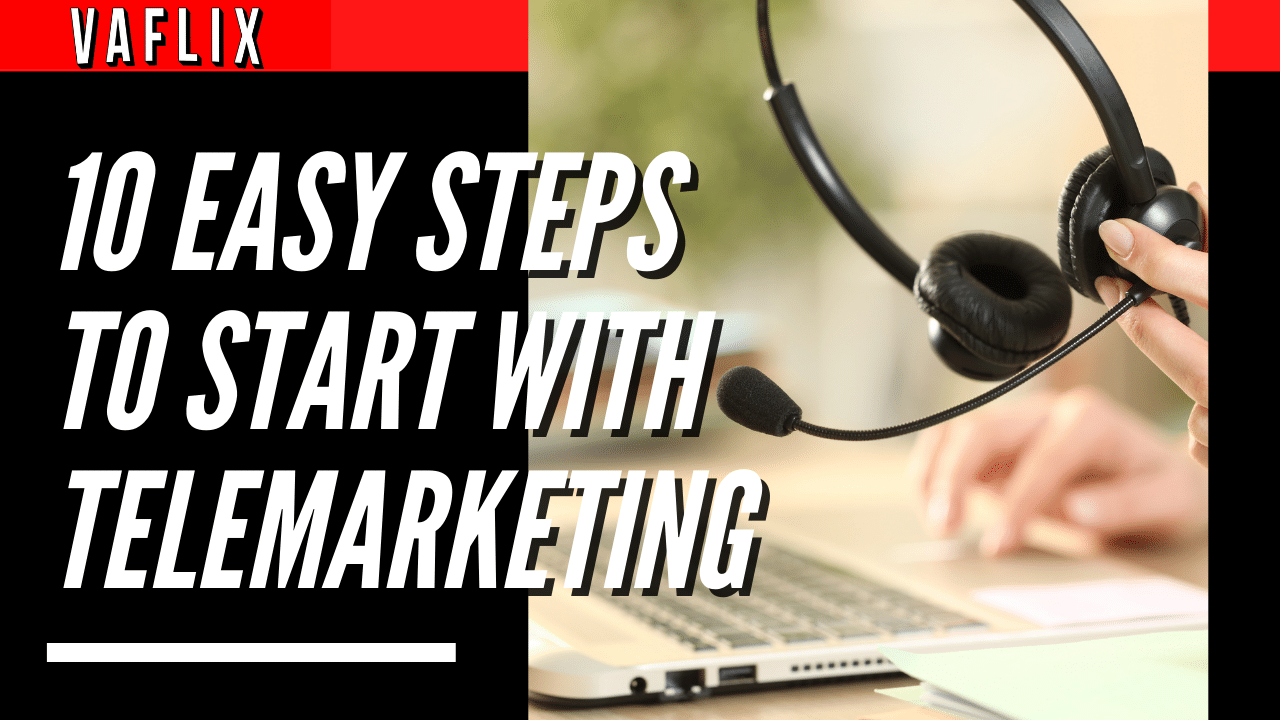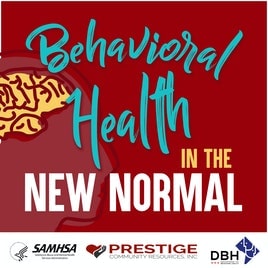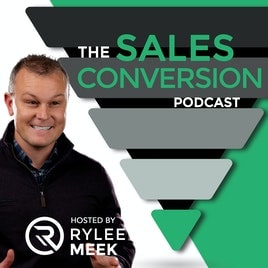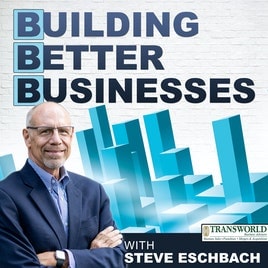10 Steps to Creating the Ideal Company Newsletter
Thinking of Hiring a Virtual Assistant?
There are two varieties of newsletter that might end up in your inbox: the kind that you read and the one that you don’t read.
What steps can you take to increase the number of people who read your newsletter, whether they are workers for companies or members of the general public? We have devised ten simple steps that will be of assistance to you in the process of producing an attention-grabbing, eye-catching, informative, and excellent newsletter for your audience, which they will eagerly anticipate reading each month.
Step 1: Don’t play the name game
Either the nature of your company or the topics covered in your newsletter should be reflected in the title. The majority of the time, newsletter titles attempt to seem like those of common publications rather than come up with anything that would entice people to sign up. It is important to avoid segmenting readers on the basis of the assumption that only workers would read the newsletter. Instead, make an effort to attract customers who may not be as familiar with your company as others. When you are sending out your newsletter, make sure the subject line is something you give some thought to. You want consumers to open your newsletter as soon as they see it in their inboxes, and you want the material to quickly pique their interest. Get in front of a larger audience!
Step 2: Write with purpose
You need to have a firm grasp of the reason for your writing in order to produce a newsletter that is both informative and engaging. A newsletter is a great tool for business promotion, and it can also help customers better understand what your company is all about. If you don’t have one now, you should start one. However, your newsletter shouldn’t become a pitch for your products and services. There are a number of different approaches that may be used to draw attention to the work that your firm conducts without directly presenting an excessive amount of information. You need to aim for the writing to have the same degree of sophistication as an article in a newspaper. The articles have to be based on material that is both pertinent and genuine, and they have to be written from an impartial point of view. Instead of delivering page after page of text, your newsletter would be improved by the addition of quotations, photos, and a variety of perspectives. When it comes to making the perfect newsletter, pictures are almost always essential.
Step 3: The front page is the winner
The front cover of your newsletter, or the material that is “above the fold” if it is published online, is the first thing that people notice when they look at your publication for the first time. If at first inspection, your newsletter does not seem to be intriguing, it is possible that the recipient will not give it any thought before placing it at the bottom of their rubbish folder. A perfect email would include attention-grabbing headlines, engaging body content, and visually appealing photos. Try to avoid taking dull black and white images by being creative and using color instead. People want to be informed of current events and have their curiosity piqued; they do not want to read a newsletter written by the Accounting Director that discusses the internal budget for this week.
Step 4: Include groovy graphics
Your email may be made much more exciting to read by using elements such as pictures, charts, animations, quotations, colors, and bold text. If people like the appearance of your newsletter, there is a greater chance that they will read it. The use of graphics is an effective method for dividing up content and contributing to the overall style of the newsletter. You should try to avoid setting your newsletters in black and white since doing so has the same impact as including blocks and blocks of text in every issue.
Step 5: Keep it short and sweet
You don’t want to provide your readers with nothing but meaningless information on page after page after page. Do not produce content that is not essential just so that you may send out a larger newsletter. Excellent newsletters provide information that is both up to date and relevant while also keeping the text as straightforward as possible. Keep in mind that you don’t want your workers to be unproductive because they’ve been distracted, and you also don’t want them to avoid hearing about the latest corporate news. Be careful that you engage the audience rather than overwhelm them with information. Strive to find that happy medium!
Step 6: Maintain consistency
Each successive newsletter ought to maintain the same level of design and coherence. Once you’ve settled on a design for your newsletter, be consistent with it! Maintaining a consistent structure is important because, over the course of time, the audience will get used to each segment and will know exactly where to look for the information that they want. Your readers need to be entertained and educated by you; they should not be confused by the varied styles of your newsletter each month. Establish a sense of comfort and familiarity. Over the course of time, you want your readers to be able to recognize your newsletter without having to think about figuring out where or who it came from!
Step 7: Quality check your work
Your newsletter’s readers need to be able to see that you put effort into producing a high-quality publication. Make use of high-quality photographs that have a strong contrast together with the appropriate amount of color and brightness. Your readers won’t make an attempt to read your newsletter if it is obvious that you put very little work into producing it, since they will assume that it is not worth their time. Your newsletter’s visual appeal may be improved with the assistance of software programs like Adobe Photoshop or InDesign, for example. You may create and deliver your e-newsletters using a variety of different programs, such as MailChimp, so make sure you don’t forget about them.
Step 8: To print or not to print
If your readership isn’t very computer savvy, you may discover that you need to print your newsletters instead of sending them by email or posting them on the websites of the companies who publish them, since this is how the majority of newsletters are distributed in the modern day. Make every effort to utilize paper that has been recycled since, in today’s world, the price difference between recycled and standard printed paper is minimal at best. You will not only be able to keep your “green friendly” workers happy, but you will also be able to promote a brand image and corporate reputation that is ecologically beneficial.
Step 9: Decide on a Frequency
Determine the frequency with which you will require a newsletter to be sent. It is possible that weekly updates may be required for workers of bigger organizations in order to keep them abreast of what is happening inside the company. A newsletter sent out on a monthly basis is enough for smaller firms. It has already been said that you should not make up news only for the sake of filling the newsletter, since uninteresting material will not attract readers. Always keep in mind that (excellent) content is king!
Step 10: Proofread Once Again
The step of proofreading the document is maybe the most crucial step in the process of making the perfect corporate newsletter. Sending out a newsletter that is riddled with errors, contains frequent spelling problems, bad punctuation, or even worse, includes the erroneous name of an employee, is the single most embarrassing thing that can happen. Because you are the kind of person who would meticulously verify their own work if they knew it would be seen by others, it is imperative that you adopt the same mentality when it comes to newsletters. You may even have someone else check through the newsletter before you send it out to guarantee that it is error-free before you distribute it to everyone.
If you follow this straightforward strategy of ten steps, you will discover that you are well on your way to writing the perfect newsletter for your organization. If you organize your newsletters ahead of time and collect the material you need to create your articles, you will discover that the process is much simpler to handle, and that writing the newsletters will be much simpler for you.



